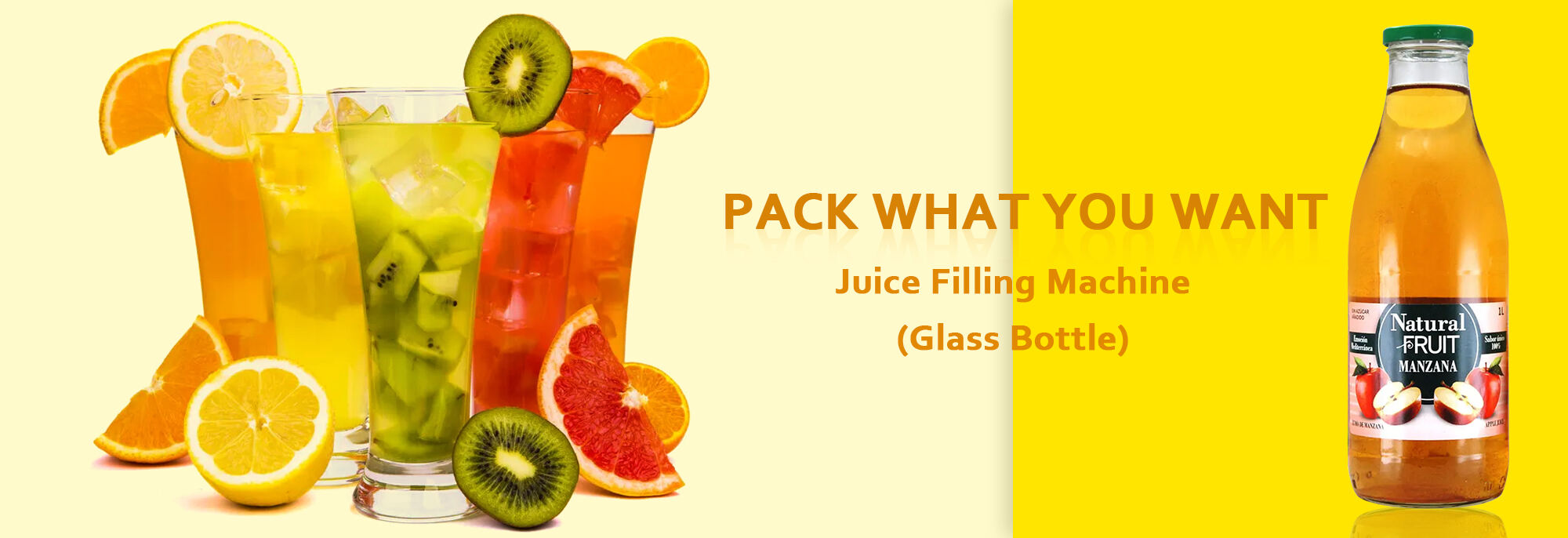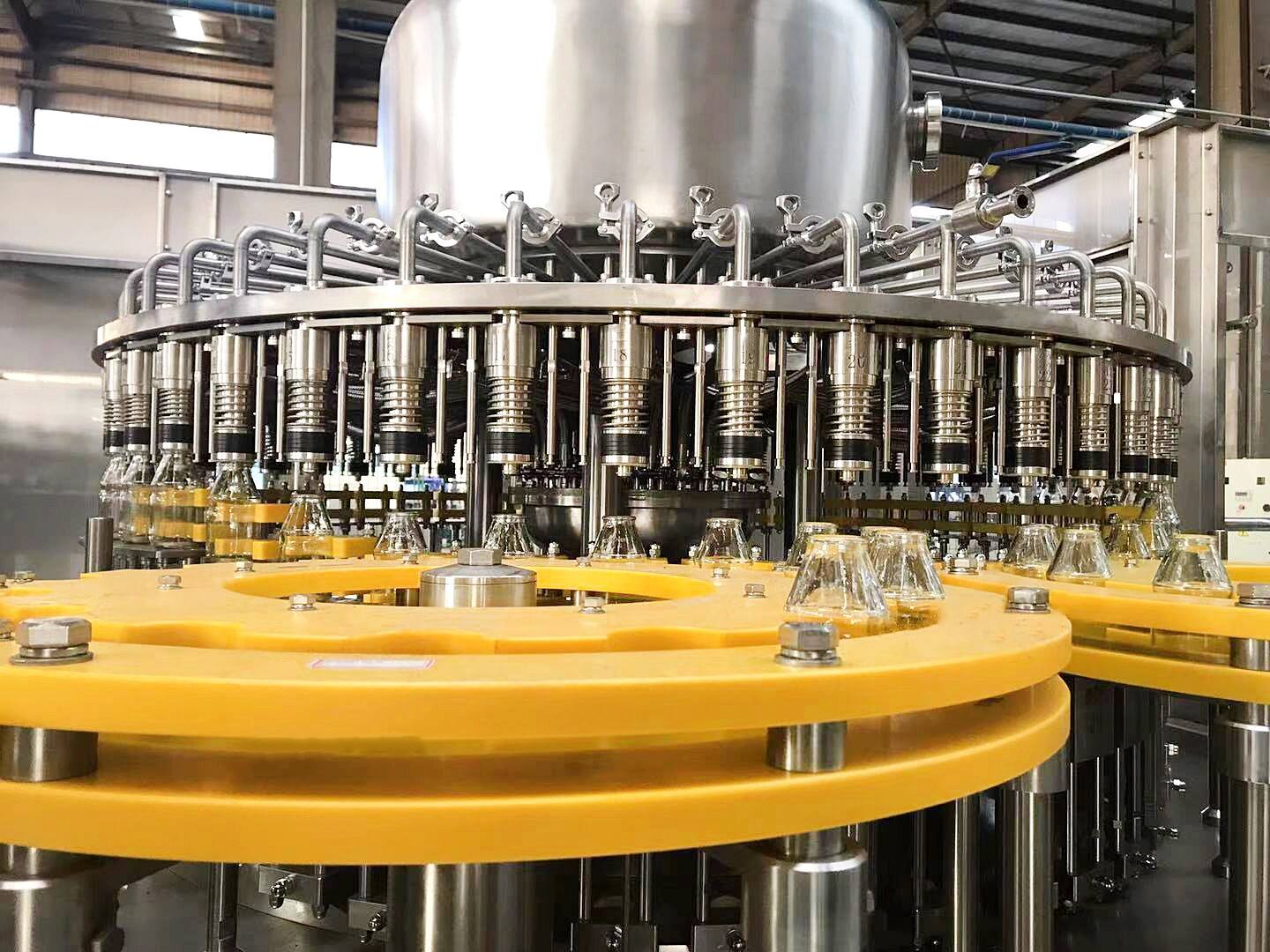The journey from fruit to bottle is a fascinating process that requires precision, efficiency, and a deep understanding of the entire juice production line. In this blog post, we will explore the key steps involved in this process and highlight the importance of each stage. From the initial fruit selection to the final bottling, we will delve into the details of each step and discuss how to maximize efficiency in juice production. So, let’s embark on this journey together and discover the secrets behind the creation of your favorite juice.
Fruit selection and preparation
The journey from fruit to bottle begins with careful selection and preparation of the fruit. This stage is crucial as it sets the stage for the quality and taste of the final product. The first step in the process is fruit selection, where a variety of fruits are chosen based on their freshness, flavor and suitability for juicing. It is essential to select fruit that is ripe and free of any blemishes or defects. Once the fruit has been selected, it needs to be thoroughly washed to remove any dirt, pesticides or contaminants. This ensures that the fruit is safe to eat and ensures the high quality of the juice. Once washed, the fruit is prepared for juicing. Depending on the type of fruit, this may include peeling, cutting or crushing. The goal is to maximize juice yield while minimizing waste. It is crucial that the crusher matches the juicer, for example, citrus fruits can be directly halved for juice, while apples can be cored and sliced before juicing. Citrus uses FMC whole fruit juicers (with an efficiency of more than 95%), while berries may need to be pulped first and then enzymatically hydrolyzed. This stage requires precision and efficiency to ensure that the fruit is prepared quickly and effectively. By streamlining the fruit selection and preparation process, juice production lines can maximize efficiency and ensure high quality of the final product.

Juicing and filtration
Selection of juicing technology:
Screw press (suitable for apples and pears): processing capacity 5-15 tons/hour, juice yield 70-80%.
Belt press (suitable for berries): higher juice yield but requires frequent maintenance.
Enzymatic hydrolysis and ultrafiltration:
Adding pectinase improves clarity, combined with ceramic membrane filtration (pore size 0.1μm) can reduce the load of subsequent pasteurization.
Juicing and extraction are crucial steps in the process of turning fruit into juice. This stage involves the use of specialized equipment that efficiently extracts the juice from the fruit, leaving behind the pulp and other solids. The juicing process can vary depending on the type of fruit being used, but it generally involves crushing or pressing the fruit to release the juice. This juice is then collected and further processed to remove any remaining pulp or solids.
One of the key factors in maximizing efficiency in this stage is the choice of equipment. Modern juice production lines often utilize advanced technologies such as hydraulic presses or centrifugal juicers to extract the juice quickly and efficiently. These machines are designed to handle large quantities of fruit and can produce high yields of juice in a short amount of time. By investing in high-quality equipment, juice producers can streamline the juicing and extraction process, saving both time and resources.
Sterilization and filling
Sterilization process:
HTST (high temperature short time): 72-85℃/15-30 seconds, retains flavor and consumes 30% less energy than UHT.
UHT (ultra-high temperature): 135-150℃/2-5 seconds, suitable for long-term storage but may affect the taste.
Filling speed:
Modern aseptic filling lines can reach 24,000 bottles/hour (such as PET bottles), but a sterile environment must be ensured (ISO 14644 Class 5 clean room)

Bottling and packaging
The bottling and packaging stage is a crucial part of the juice production line, as it determines the final presentation and preservation of the product. This stage involves filling the juice into bottles or containers, sealing them to prevent contamination, and labeling them for distribution. It is important to ensure that the bottles are clean and sterilized before filling to maintain the quality and safety of the juice. Additionally, the packaging should be designed to protect the juice from light and air, which can cause deterioration and loss of flavor.
In order to maximize efficiency in the bottling and packaging process, it is essential to have a well-organized and streamlined system in place. This can be achieved by using automated machinery that can quickly and accurately fill the bottles, seal them, and apply the labels. By investing in high-quality equipment, juice producers can save time and reduce the risk of errors or contamination. Additionally, implementing a just-in-time inventory system can help to minimize waste and ensure that the packaging materials are always available when needed. Overall, optimizing the bottling and packaging stage is key to delivering a high-quality product to consumers in a timely manner.
Quality control and final inspection
Quality control and final inspection are crucial steps in the juice production process. This stage ensures that the juice meets the highest standards of quality and safety before it is packaged and distributed to consumers. Quality control involves testing the juice for its flavor, color, consistency, and nutritional content. It also includes checking for any foreign objects or contaminants that may have slipped through the earlier stages of production.
Final inspection is the last opportunity to catch any defects or issues with the juice. This includes checking the packaging for any damage or leaks, as well as verifying that the labels are correct and properly applied. By conducting thorough quality control and final inspection, juice producers can ensure that their products are of the highest quality and meet the expectations of consumers. This not only helps to maintain the reputation of the brand but also reduces the risk of product recalls or customer complaints.
Conclusion
In conclusion, the journey from fruit to bottle in juice production is a complex and intricate process that requires careful attention to detail at every stage. From the initial fruit selection and preparation to the final quality control and inspection, each step plays a crucial role in ensuring the quality and safety of the final product. By maximizing efficiency in the juice production line, producers can not only streamline their operations but also deliver a high-quality product that meets the expectations of consumers. Whether it’s through investing in advanced equipment or implementing strict quality control measures, there are many ways for juice producers to optimize their production process and ensure the success of their business.
 Hot News
Hot News